
With the launch of the new iPhone 13 at Apple’s September event, we were hoping to see one much-wanted feature: reverse wireless charging. Unfortunately, while the technology has apparently been found in the iPhone 12 (according to the US Federal Communications Commission) and can be used to reverse charge Apple’s MagSafe Battery Pack, it hasn’t been made more widely available. So what is it and how does it work?
How wireless charging works
Wireless charging isn’t exactly new: it was first demonstrated over 100 years ago by Nikola Tesla, and if you have an electric toothbrush you’ve probably got a wireless charger in the bathroom. The technology hasn’t really changed much over the decades. It’s just got more efficient. When we talk about wireless charging in a phone or tablet context, we’re talking about using electromagnetism: it’s possible to transmit electricity via radio frequencies, but it isn’t powerful or practical enough for everyday use.
Electromagnetic charging consists of a transmitter and one or more receivers. The transmitter, which is your wireless charging pad or puck, creates an oscillating magnetic field. When they’re close enough, that magnetic field induces a current in the coiled wire loops inside the receivers. That current can then be used to recharge the battery or even power small electronic devices.
Esta historia es de la edición November 2021 de MacFormat UK.
Comience su prueba gratuita de Magzter GOLD de 7 días para acceder a miles de historias premium seleccionadas y a más de 9,000 revistas y periódicos.
Ya eres suscriptor ? Conectar
Esta historia es de la edición November 2021 de MacFormat UK.
Comience su prueba gratuita de Magzter GOLD de 7 días para acceder a miles de historias premium seleccionadas y a más de 9,000 revistas y periódicos.
Ya eres suscriptor? Conectar
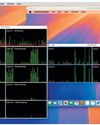
Mac hardware
We help to solve your hardware hassles, from interrupted upgrades to running diagnostics

Give your iPhone a whole new look in iOS 18
Make your iPhone uniquely you
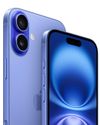
iPhone 16
Apple Intelligence-ready smartphone for the rest of us
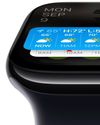
Apple Watch Series 10
10th anniversary Watch is now slimmer with an even bigger display

AirPods 4
Apple's most affordable AirPods remain a brilliant buy
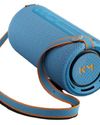
We. HEAR Pro
Room-filling sound from this stylish wireless speaker
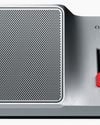
HiDock H1
An impressive 11-port AI audio dock for conferencers

Adobe Premiere Elements 2025
Create eye-catching videos for sharing on social media

Photoshop 2024
Your imagination is the limit with this AI-powered pixel creator

Wispr Flow
Bring the power of AI dictation to DMs, documents and Discord chats